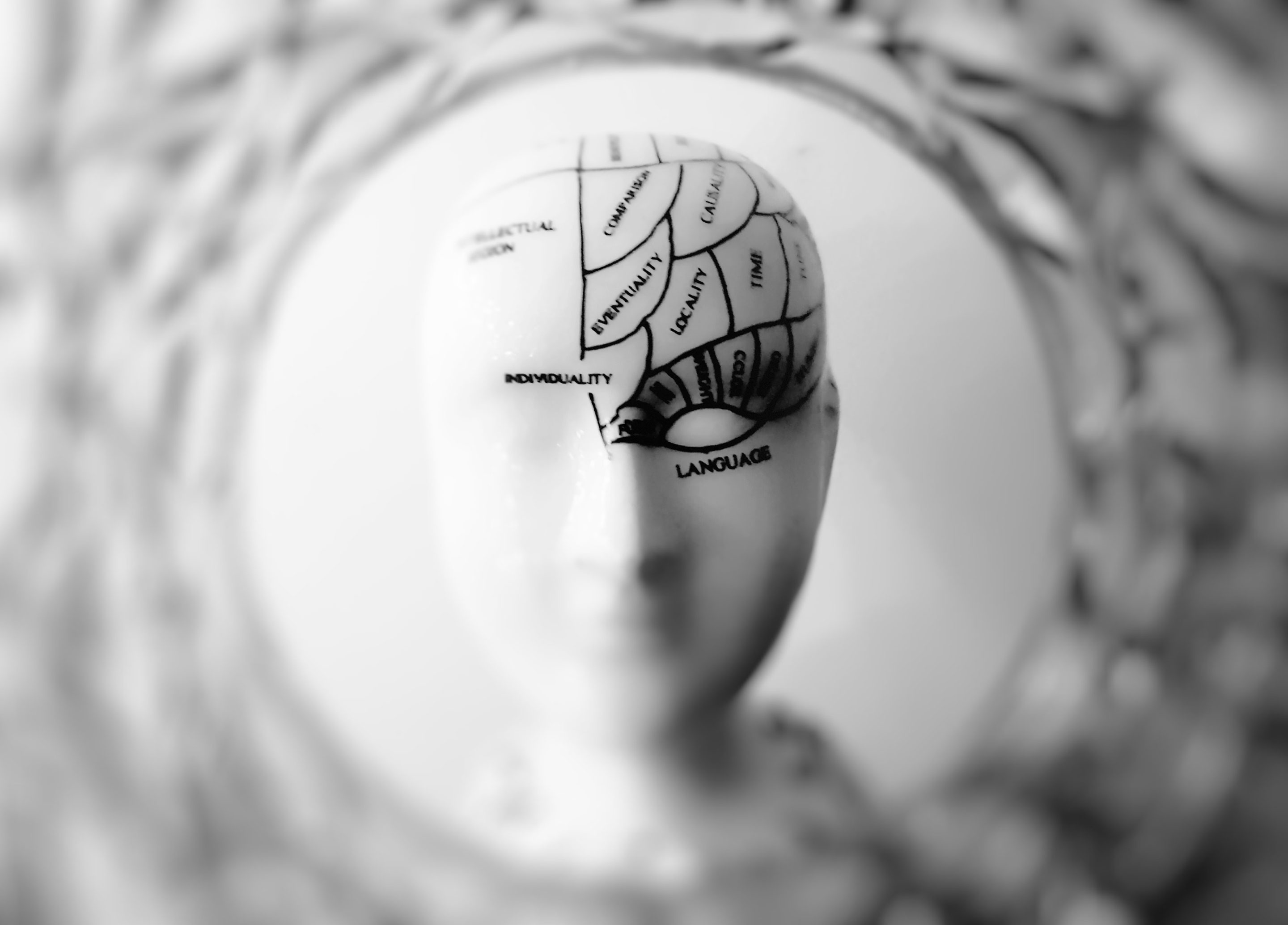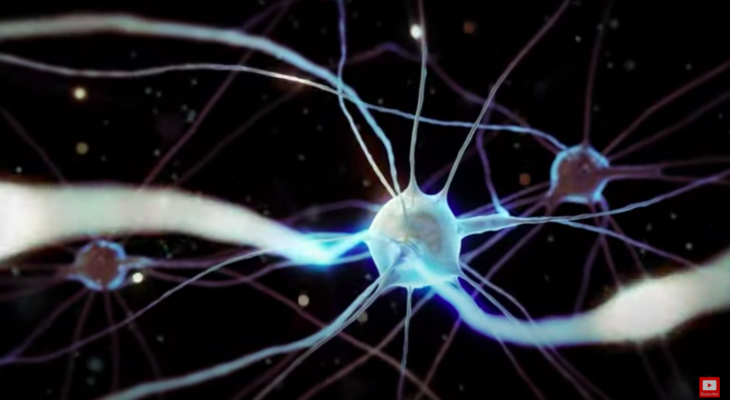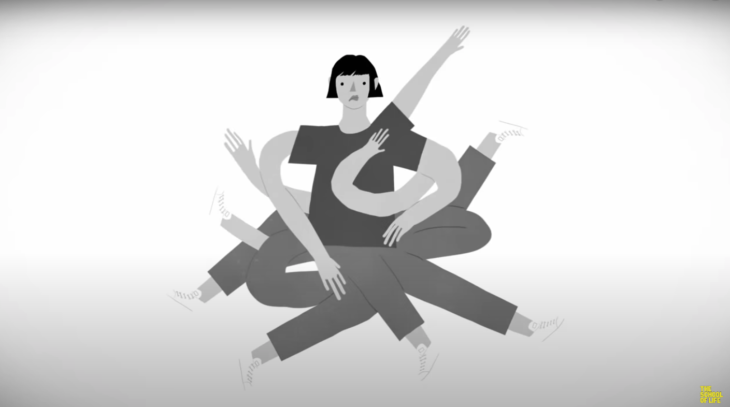There may be no better tool to help us to understand navigating through the maze of our nervous system than the Polyvagal Theory. It unravels the intricacies behind both our emotional and physiological responses. The video below, presented by Teresa Lewis on the Lewis Psychology YouTube channel, reveals the complexities of our autonomic nervous system and how it can be understood through a three-tiered hierarchy of states, the concept of neuroception, and the imperative of co-regulation.
Through the illustrative example of Sarah, we are taken through a journey of the workings of the autonomic nervous system. Sarah’s system, like ours, transitions between three distinct states in response to external cues – the ventral vagal state of safety and connection, the sympathetic branch that triggers the fight or flight response, and the dorsal vagal state that signifies shutdown. So, while singing in the car, Sarah feels safe and connected (ventral vegal). Yet, the sound of a police siren suddenly shifts her into a state of anxiety, activating her fight or flight response (sympathetic). Conversely, in the presence of her abusive mother, Sarah’s system shuts down entirely (dorsal vegal).
This Polyvagal theory, founded by Stephen Porges, introduced the concept of “neuroception,” where our autonomic nervous system constantly scans our environment for signals of danger, safety, or threats. Essentially, before our conscious mind reacts to a situation, our nervous system has already assessed it and prepared a response. This intricate system connects our brainstem to vital organs such as the heart, lungs, digestive system, and more. As such, a perceived threat in one organ can quickly affect others.
Interestingly, while healthy individuals can transition freely between these states, trauma survivors might find themselves trapped in either the sympathetic or dorsal vagal state. Using the story of Stephen, Teresa illustrates how trauma can distort one’s ability to interpret environmental cues accurately. Consequently, healing for trauma survivors involves re-establishing a sense of safety and trust, often through the safety modelled by a clinician in a therapeutic relationship.
Central to the polyvagal theory is the concept of co-regulation. Co-regulation is a biological necessity where our nervous system seeks connection with other nervous systems for both physical and psychological well-being. For therapists or anyone in caregiving roles, it’s essential to be grounded in a ventral vagal state, ensuring a foundation of safety and connection for others.
The polyvagal theory’s foundational principles revolve around a three-tiered hierarchy of states, the concept of neuroception, and the imperative of co-regulation. If you’re keen on diving deeper and understanding practical strategies related to this theory, watch the video below.




Recent Comments